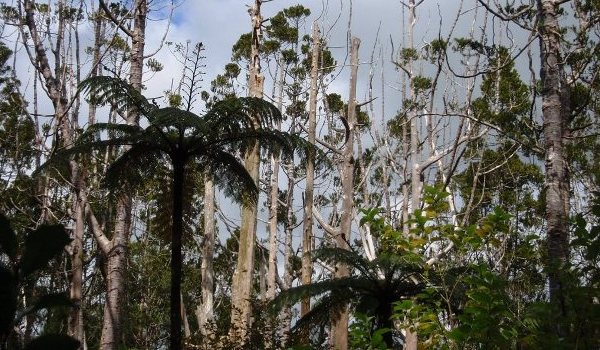Media Release: Waikato Regional Council, 16 June 2016
Kauri dieback checks progressing in western Waikato
An aerial survey programme designed to detect signs of kauri dieback disease in the north and west of the Waikato region has been making good progress.
Four days of flying have been completed so far despite some initial delays caused by fog.
The survey team is due to do another couple of days flying to complete the programme.
“There are a few areas where the canopy health indicates further checks on the ground are needed, to see if they have issues,” said Waikato Regional Council biosecurity officer Kim Parker.
Besides checking for signs of kauri dieback, the flights are also helping council staff develop a better record of where stands of kauri are in the north and west of the region.
The council’s checks in the north and west come after kauri dieback were found on the Coromandel at Hukarahi and in parts of the Whangapoua Forest.
“The latest flights are a proactive way of looking to see where else in our region the disease might be,” said Ms Parker.
The survey for the council is being carried out as part of the National Kauri Dieback Programme, which is funding the flights.
Kauri dieback itself is caused by a microscopic fungus-like organism called Phytophthora agathidicida. This disease infects kauri roots and damages the tissues that carry nutrients and water within the tree, basically starving the tree to death. It kills kauri of all sizes, from the smallest of seedlings to the mightiest of giants. Once a tree has the disease there is no cure, so preventing its spread is the best way to go.
People with questions about this survey, or kauri dieback, can call Ms Parker on 0800 800 401. More information on kauri dieback is available atwww.kauridieback.co.nz.
